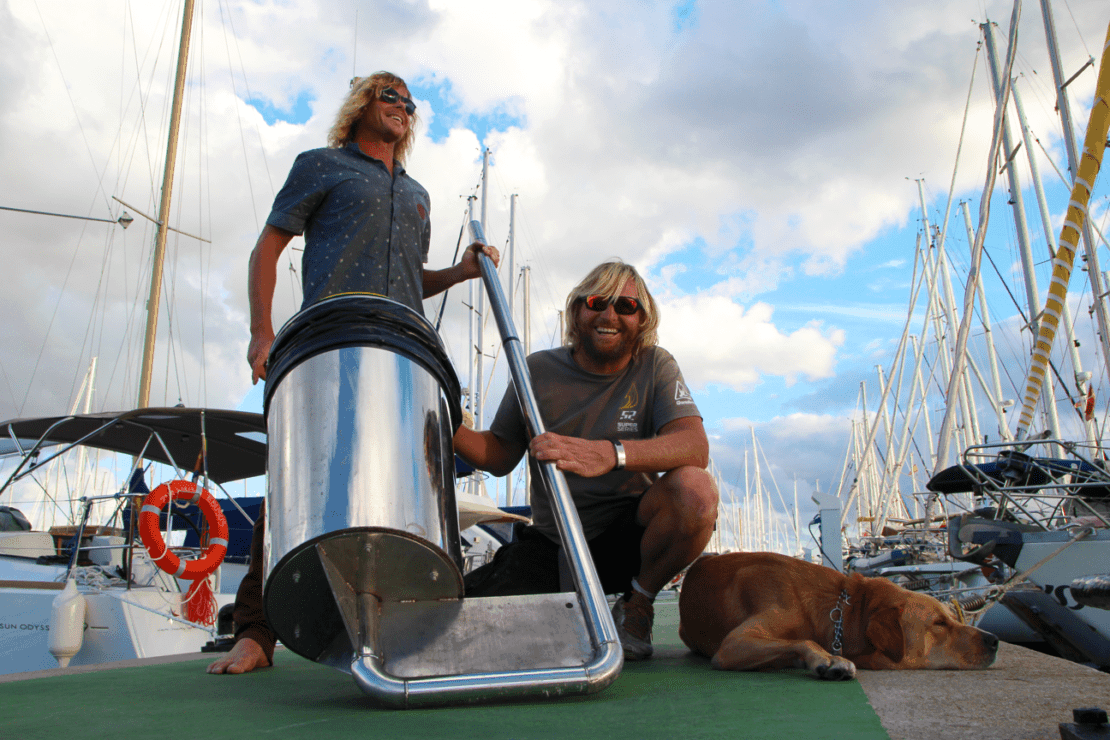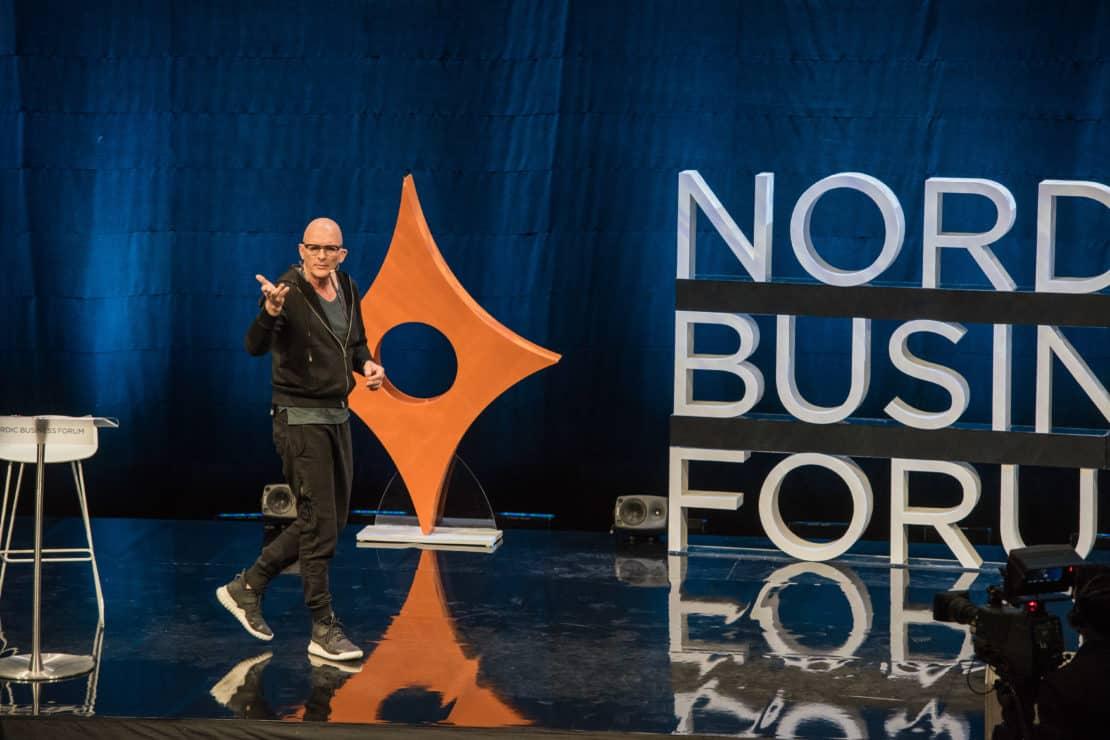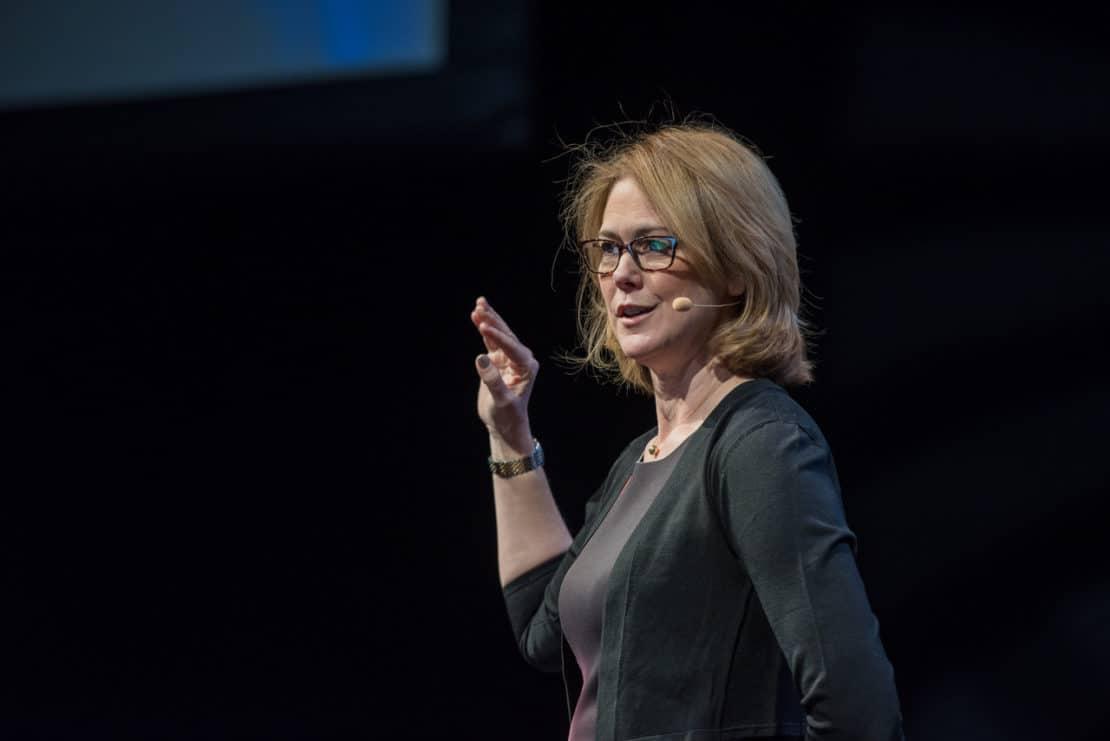4Apr2017
Seabin co-founders have ingeniously designed a rubbish bin for the water. Let the ocean clean-up commence.
The Seabin Project’s endgame is for there to be a future where there is no need for the Seabin. The world’s oceans are sharing their natural ecospheres with that of carelessly handled rubbish which continues to find its way into the water, not only discarded from marine vessels but even rubbish that has been tossed on land manages to find its way into the ocean via storm drainage and rivers.
The estimated decomposition times for just some of the materials floating around in the water are quite disturbing, to say the least, and even in their decomposed state they still pose a huge problem. Just some examples are:
- Glass bottles 1 million years
- Fishing Line 600 years
- Aluminum Cans 100+ years
- As well as a vast array of other manufactured materials that take decades to decompose such as plastic bottles.
The Seabin Project is co-founded by Australian sailor/surfers, Andrew “Turtle” Turton and Pete Ceglinski, both of whom are long term friends and lifelong lovers of the ocean. Having spent their time in the oceans since childhood, they had become mutually frustrated at the litter problem. It was about 7 years ago when Turtle came up with an idea, “If we can have a rubbish bin on land then why can we not have one in the water”.
Turtle, a boat builder by trade, has designed and worked on boats for prestigious events like The Americas Cup and The Volvo Ocean Race no less, so he decided to put his engineering know-how to good use in making a workable solution. He began by trying out different prototypes which at the beginning were more or less rubbish bins held together by glue and the good old duct tape. These crude first steps very quickly proved the concept to be successful so Turtle decided to try them out when he was traveling with his work.
This was a good opportunity to see how the Seabin prototype performed in different conditions and the results were always encouraging. Now with a workable proof of concept, he teamed up with Ceglinski who was experienced in product design as well as boat building and thus the Seabin concept came to be.
In 2014, the men decided to base their operations in Palma de Mallorca, Spain where they found a disused furniture restoration factory available for renovation and poured their time and energy (as well as their savings) into setting up the workshop. In terms of renovation, what they didn’t already know, they found out from assorted resources and tutorials like YouTube on things like welding, rewiring and even how to operate a 60-year-old sewing machine that had been conveniently left behind. The sewing machine would serve as very useful in making the natural fiber catch bags.
The optimization of the Seabin to its current prototype hasn’t been without hurdles to jump. They have had to work their way around issues like fish or other organisms swimming in the catch bags for a peek, or how to avoid natural water debris like seaweed clogging up the bags and diminishing the chance of getting what they are really after, the man-made rubbish. These, though, are just engineering challenges.
The Seabin itself has been honed down to its current V5 prototype which consists of 3D printed fiberglass and it contains a biodegradable catch bag which can catch micro-plastics as small as 2mm, but also fluid pollutants like oil. Water is collected to filter via a submersible pump that has the option to run on renewable energy such as solar, wind and tidal depending on location and technology availability.
The Seabin is thus far designed to be installed at marinas and ports for both floating and stationary docks and it moves with the motion of the water so it can operate in both still waters and in the wake of heavy boats passing by. “Marinas, ports and yacht clubs are a perfect first step for the Seabin. It’s in a controlled environment and doesn’t have to contend with huge storms or heavy seas. It works 24/7 all through the year” says Ceglinski. It’s notable to mention first step as they plan to go off-shore with the Seabin eventually.
The V5 prototype is due to go the market within the coming months and as Ceglinski adds happily, “We have been inundated with queries about the Seabin from marinas all over the world”.
Turton and Ceglinski are also aiming to eventually create what they call a “circular economy” by making the Seabins out of the plastic materials that have actually been collected as ocean litter into the Seabins.
The Seabin, however, is just one of three parts of how the company is pushing their mission forward.
The Seabin itself is their immediate response to the problem of ocean littering but they are also just as heavily invested in research and development as well as education. Education is perhaps the most crucial point in order to achieve The Seabin Project’s endgame of “there being no need for the Seabins”. A Global Ambassador Program has been created as the means for educating and sharing information and there are several marinas worldwide who want to be part of implementing the Seabin to tackle the local littering problem. To be a Seabin Project Global Pilot Partner, the marinas for one example must fulfill a prerequisite which is to partner up with a local school or sports club.
If the idea of handling rubbish responsibly before it hits the water is planted in the minds of future folk, then the Seabin’s catch bags will hopefully start to come up emptier. As Ceglinski puts it “One small act replicated by many brings change and to change the demand means to change the industry, for cleaner oceans.”
The research and development team at Seabin are searching for ways to collect ever smaller items, improvements in efficiency and achieving aims of eventually moving the Seabin “off the dock”. This is why they call themselves the Seabin Project. Theirs is a mission that transcends the product.


